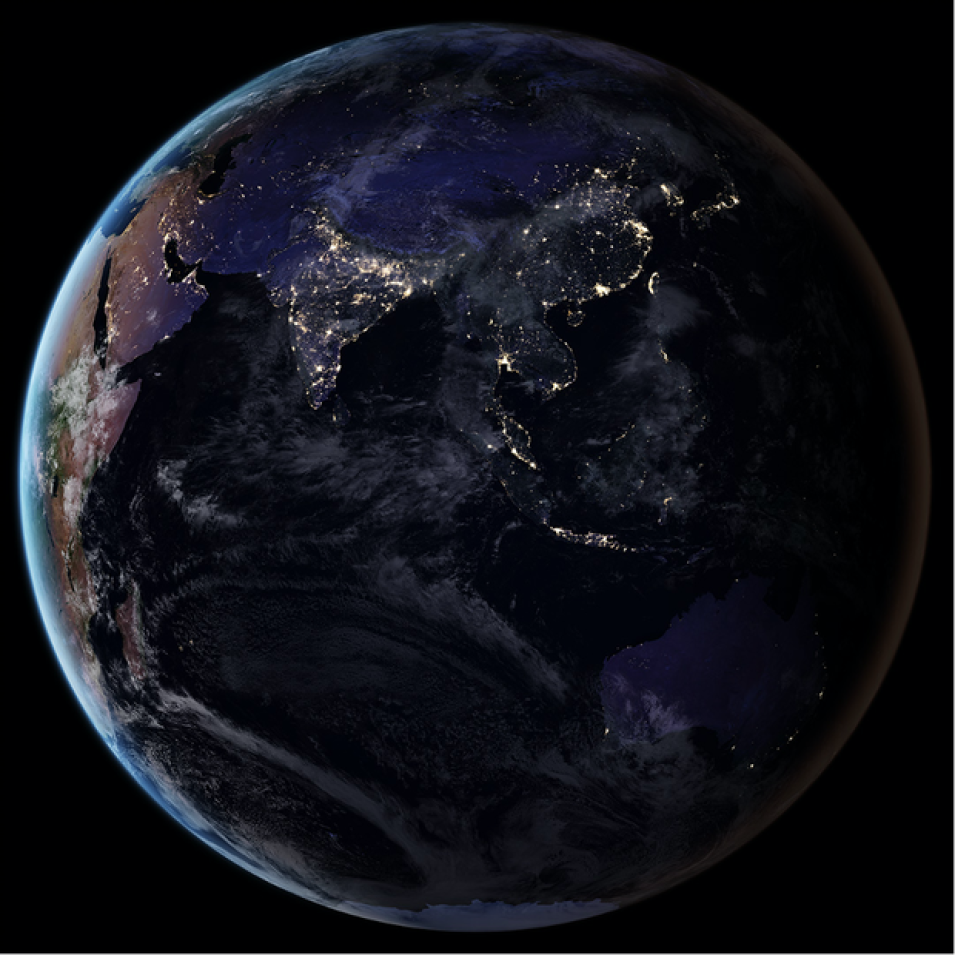Letter from the Program Executive
While 2020 was a challenging year, I am proud of how NASA’s Earth Science Data Systems (ESDS) community came together to ensure that data users around the world had uninterrupted access to NASA Earth science data. The work and innovation over the past year furthered the ESDS goals of leading technology development, advancing open science data systems, setting the standard for the efficient production and stewardship of science-quality data, and leveraging our vast Earth science community.
Our long-term data records played a key role in providing a better understanding of the environmental changes we’ve seen as a result of the ongoing COVID-19 pandemic. In June, NASA joined forces with the Japan Aerospace Exploration Agency and European Space Agency (ESA) to create the COVID-19 Earth Observing Dashboard. Leveraging the collective scientific power of data from this tri-agency constellation of Earth observing satellites, we created a simple-to-use platform to document how changes in human activity are affecting our air, water, and economy. This international collaboration demonstrates how, now more than ever, open data and open science are critical to understanding our changing planet.
New and upcoming high-data-volume missions require that we innovate to ensure that the research community has open access to not just data, but also the tools, software, and cyberinfrastructure needed to efficiently do open science. ESDS has strengthened our 25-plus year commitment to open science by investing in community tools for cloud computing through competitive programs to ensure that data from new missions will be easy to access and analyze. ESDS continues to show leadership in technological innovation by investing in machine learning technologies and the development of training datasets for the new era of data analysis.
This past year has been transformational for our cloud migration efforts. We continue to evolve data and services from EOSDIS Distributed Active Archive Centers (DAACs) to the commercial cloud to enable analyses using Big Data that would be impractical to perform on a local computer. A highlight of 2020 cloud efforts was the successful launch in November of the Sentinel-6 Michael Freilich mission. Thanks to the efforts of ESA and NASA's Physical Oceanography DAAC, this is the first natively cloud-hosted mission, which will allow researchers easy and efficient access to mission data.
On a personal note, I am delighted that Katie Baynes joined ESDS in August as a Program Executive. Katie brings to ESDS an intimate familiarity with Earthdata Cloud and will serve a critical role leading and managing ESDS as my deputy. Finally, we are pleased to welcome our new Earth Science Division director, Dr. Karen St. Germain, who joined in the summer. With this new leadership, we look forward to continuing our successes in the coming year – and in years to come.
Kevin Murphy
ESDS Program Executive
Open Access for Open Science.
This succinct phrase sums up the overarching objective of the ESDS Program. Open data are the foundation of ESDS efforts to fulfill the program’s vision of accelerating scientific advancement for societal benefit through innovative Earth science data stewardship and technology development. The ESDS Program oversees the life cycle of NASA Earth science data – from acquisition through processing and distribution – and seeks to maximize the scientific return from NASA Earth observing (EO) missions and experiments. 2020 was a transformative year for ESDS, and saw the culmination of a strategic process that began in 2019 to establish four foundational ESDS Goals:
- Set the standard for efficient production and stewardship of science-quality data.
- Advance open science data systems for the next generation of missions, data sources, and user needs.
- Lead research and development of technology for management and analysis of complex Earth science data.
These ESDS goals were crafted to complement NASA's Science Mission Directorate (SMD) Data and Computing Strategy goals of developing and implementing capabilities to enable open science ensuring the continuous evolution of data and computing systems, and harnessing community and strategic partnerships for innovation. They also help guide ESDS in fulfilling its vision.
The programs, projects, and initiatives comprising ESDS made great strides over the past year not only fulfilling the strategies necessary to achieve these goals, but also furthering the dissemination of free and open data.
Since 1994, NASA Earth science data have been free and open to all users for any purpose, and since 2015 all data systems software developed through NASA research and technology awards have been made available as Open Source Software (OSS). The adoption of open data policies leads to advances in research, the development of new applications, and the exposure of citizens around the globe to information essential for understanding our planet, managing the environment, and encouraging commercial innovation. The many constituent parts of ESDS make this possible.
